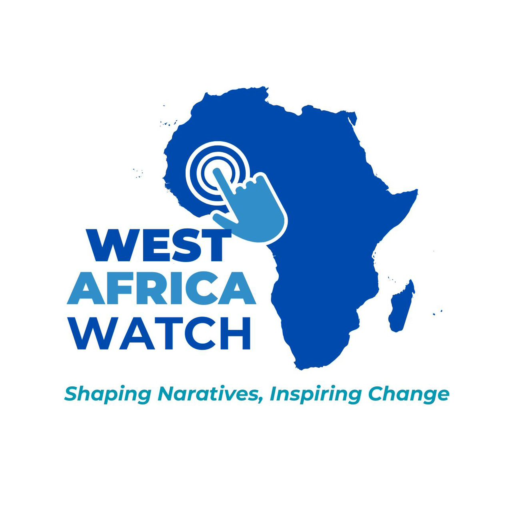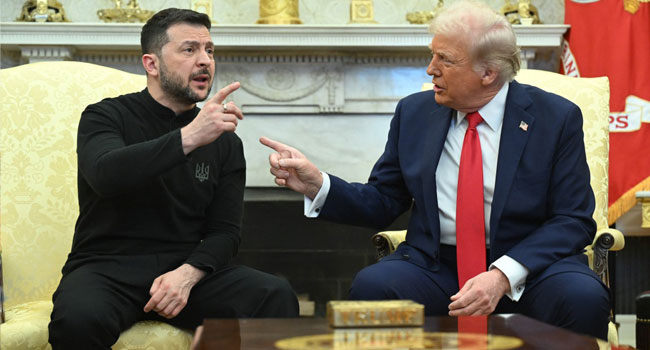With just weeks to go before NATO’s major summit in The Hague, the alliance faces deep internal tensions—most notably over how to handle Ukraine’s participation without triggering conflict with U.S. President Donald Trump.
One year ago in Washington, NATO leaders welcomed Ukrainian President Volodymyr Zelensky and declared Kyiv on an “irreversible path” to membership. But that was before Trump’s return to the White House dramatically reshaped U.S. foreign policy, cooling relations with Ukraine and shifting attitudes toward Russia.
Since taking office again, Trump has clashed with Zelensky, expressed openness to closer ties with Moscow, and pushed both Ukraine and Russia toward negotiations—efforts that have so far delivered little progress.
Zelensky is expected to attend the June 24–25 summit in some capacity, following an invitation from NATO Secretary-General Mark Rutte. However, his role may be limited to a ceremonial dinner hosted by the Dutch monarch, with no formal talks planned.
“There will be backlash if he’s not there at all,” warned one European diplomat.
Peace Talks and Political Tensions
NATO’s approach to Ukraine now hinges on developments in peace negotiations between Kyiv and Moscow, which have stalled after two unproductive rounds in Istanbul. Trump, frustrated with Russian President Vladimir Putin’s lack of commitment to a ceasefire, has stopped short of taking stronger measures against the Kremlin. At the same time, he has openly criticized Zelensky’s rhetoric.
While Rutte emphasizes Ukraine as a priority, insiders say the summit’s main focus will be appeasing Trump’s demands for increased military spending. A potential compromise under discussion would commit member states to allocate 3.5% of GDP to core defense, with another 1.5% going to broader security needs like infrastructure.
“Securing a deal on defense spending is key—nobody wants to risk losing U.S. support,” a senior diplomat noted.
NATO Likely to Stay Silent on Ukraine’s Membership
Amid all this, NATO is expected to avoid any formal statements reaffirming Ukraine’s path to membership—fearing it could provoke internal division and Trump’s ire.
“There will be nothing on that,” said one diplomat. “The plan is to stay silent.”
Likewise, the alliance is not expected to issue a joint declaration on military aid to Ukraine. Trump has slowed U.S. assistance, and Defense Secretary Pete Hegseth is notably skipping a key NATO donor meeting in Brussels this week—though he will attend the summit’s defense ministers’ session.
As NATO tiptoes around its most sensitive issues, its unity and future direction remain in question—particularly with Ukraine’s fate hanging in the balance.

